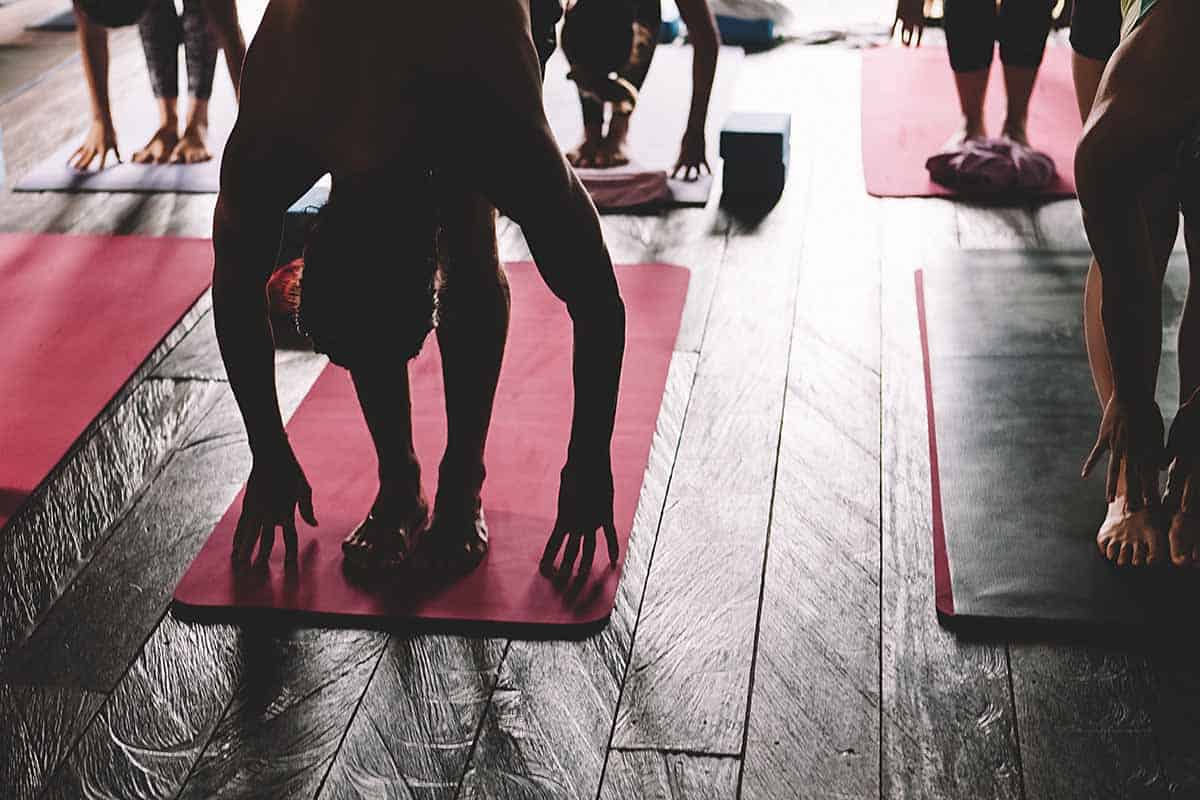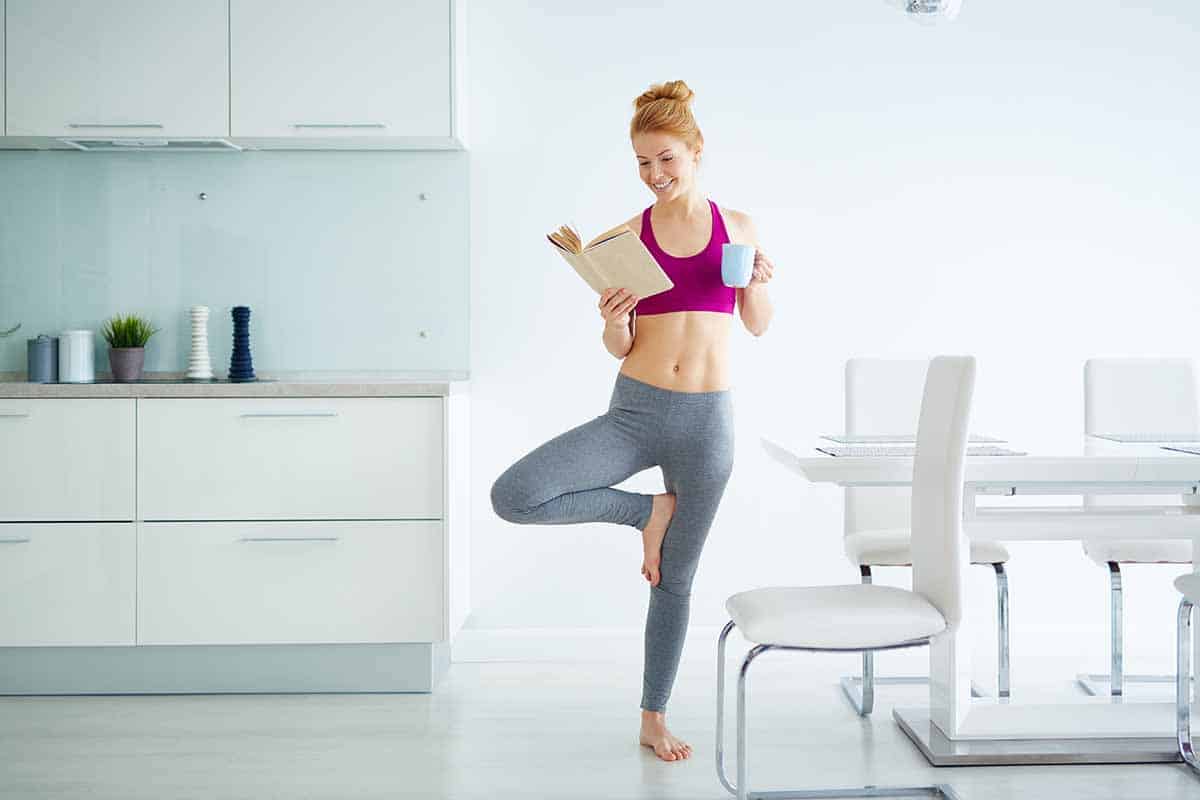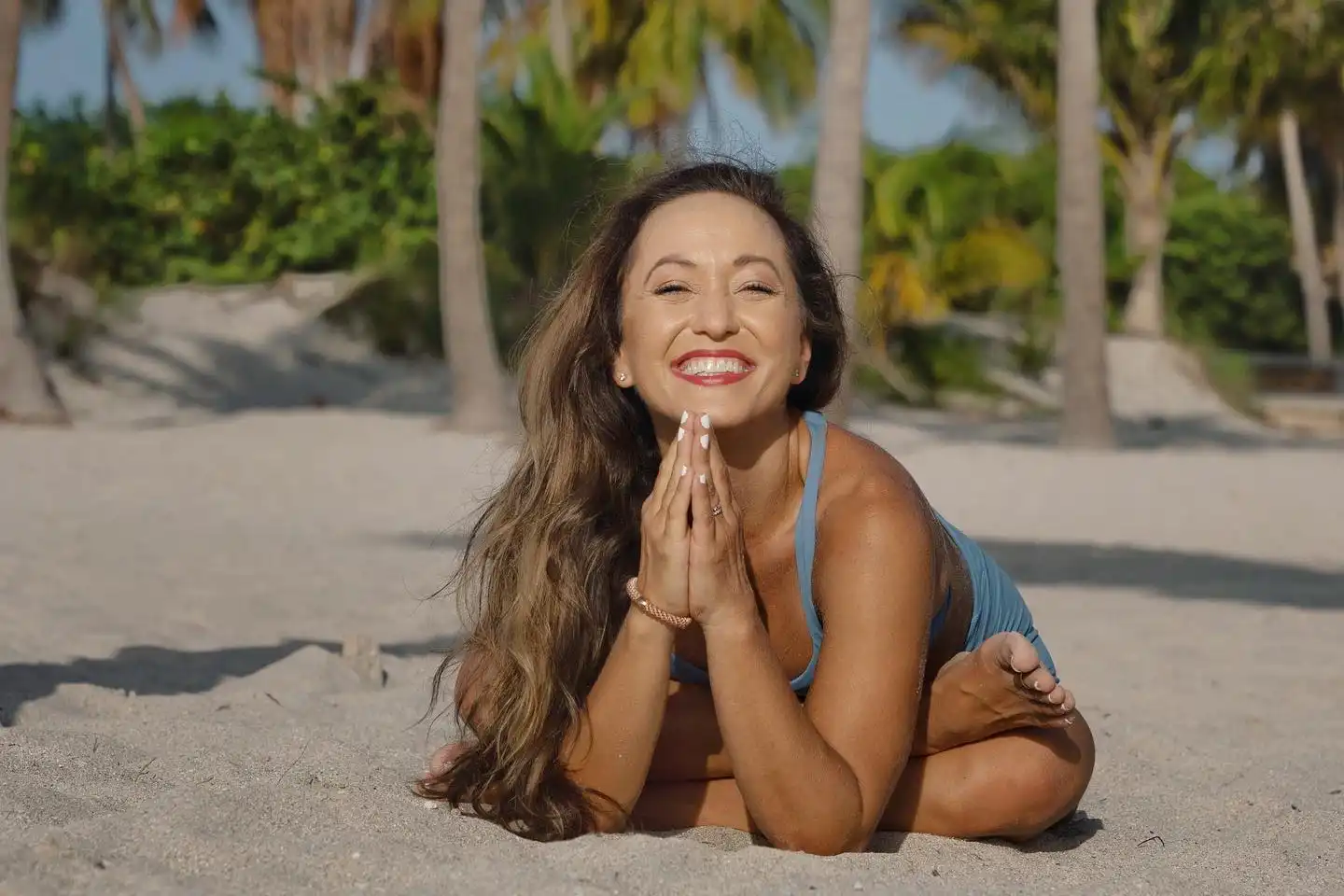
any physical exercises and training regimes look at goals in terms of loss and gain. People incorporate methods in order to build muscle and cut fat from their body. It’s important and calculated but can overlook the essence of inner peace. Through restorative yoga, one can achieve relaxation regardless of their body.
Through holding poses for relatively long periods of time, restorative yoga activates your parasympathetic nervous system. This allows your body and mind to heal and relax, restoring you from any pain or damage.
Directly approaching and fighting the flaws you see in yourself through hard work is a worthwhile endeavor and should be encouraged. However, it should also be coupled with a way to purify yourself both before and after your changes. Read on to understand how this can be done through restorative yoga.
Article Topics
What Is Restorative Yoga?
This restorative style of yoga attempts to achieve physical and mental relaxation through stretching positions and exercises. Rather than focusing on flexibility or strength, the benefits are more internal and deal with someone’s core well-being. As such, those that practice restorative yoga are meant to take their time and slow down.
Since life is such a concern over speed and productivity, it can be hard for some people to recognize subtle details about themselves and their lives. Whether it’s through relationships or work, people can get hurt or develop problems without realizing it. This means that any damage done to one’s mind and body needs to be reversed, allowing for such lifestyles to be conducted healthily.
This is where restorative yoga comes in, as the slow pace restores a baseline standard of inner peace. As opposed to other styles that constantly have you moving to stretch, the restorative style prefers fixed positions to calm you. Often with the use of props for support, positions are held for a long time to achieve calm and relaxation.
A good reason to take on restorative yoga as a beginner is that the movements are generally easy and require little effort to do. Plus, the added benefits of relaxation can help you warm up to the idea of branching out to other styles.
What Is The Main Focus of Restorative Yoga?
In restorative yoga, the main focus is relaxation for your mind and body through movements that are comfortable and stress-free. By staying in a single spot without exerting yourself too much, you can have a chance to be free from your stressors. Emotionally and psychologically, this is a great way to break up those moments and periods of stress in your life.
When doing restorative yoga poses and routines, your parasympathetic nervous system is activated, leading to a reduction in stress. The parasympathetic nervous system can be activated in a variety of ways, such as massages and breathing exercises. Effects of activation include:
- Slowing down breathing and heart rate,
- Lowers blood pressure,
- Improves digestion,
- Relaxed state of mind,
- And better recovery.
This is the core of what restorative yoga means and can do for those who practice it. It’s a time to be selfish for once, as it betters your physical and mental state directly. While some train in hopes of achieving certain goals or feats, restorative yoga has no end goal other than how it makes you feel. As a result, it’s a very effective form of self-care.
What Is The Difference Between Yoga and Restorative Yoga?
Restorative yoga is just one type of yoga with its own set of ideas and methods. While there are some like it, there also many others that share little resemblance to it. To illustrate this, we’ll go over a couple types and how they compare.
There are a variety of styles that focus on performance and bodily control rather than restorative’s focus on relaxation. Poses in vinyasa yoga coordinate breath and movement, while anusara yoga similarly develops an alignment based on mind-body connection. This area of yoga is very physical and works to make yourself feel more comfortable in your body.
Additionally, there are types of yoga that can help you with more specific circumstances in your life. Lyengar yoga, for example, uses precise movements to help build up the body and heal it from damage due to serious injuries. Prenatal yoga can be used by pregnant women to help prepare for labor by working on the pelvic area and breathing, as well as building a bond with the baby.
Most similar to restorative yoga, however, is yin yoga, which is largely meant to be meditative and has participants move slowly, holding positions for long periods of time. As a result, these movements are meant to bring about inner peace in a relaxed environment. However, in restorative yoga, movements are longer and use props much more than they would be in yin.
Restorative yoga is unique in how it combines aspects that may be seen in others. Like other styles, it does not have a context-specific requirement that can only be used in certain circumstances. It also sets itself apart by having a heavy emphasis on using props during poses and by holding those poses for a long time.
What Is The Purpose Of Restorative Yoga?
As opposed to other types of physical activity, restorative yoga is very non-specific and can be beneficial for just about anyone. While powerlifting and sprinting may only be worthwhile for athletes in those fields, the relaxation of restorative yoga helps many, regardless of their age or goals in life.
Stress builds up in everyone over time. Every shift, every assignment, and every relationship in your life takes a toll on your overall health, especially if there’s no time to recover or process it. Even if you enjoy and love the activities in your life, you need time to decompress and even yourself out for a baseline of peace and calm.
Unfortunately, not everyone can take luxurious vacations or mental health days whenever they need to. Deadlines, company policies, and the needs of others often times get prioritized. As such, other ways are required to reduce stress in our few moments alone.
This is essentially what purpose restorative yoga fills, as it allows us to make up for any lack of self-care we may experience. Medication, diets, and rigorous exercise routines can help, but often with high prices or even with injury or side-effects in some cases. By going through its long and comforting poses, restorative yoga can do the following:
- Balance nervous system,
- Relax your body and mind,
- Improve immunity and healing,
- Calm your thoughts,
- Reduce headaches and anxiety,
- And better your mood and outlook.
3 Examples of Restorative Yoga Poses
Every type of yoga should contain poses that best represent its goals and core values. For restorative yoga, that means its poses should be easy and comfortable to perform, as well as unburden the body and mind of stress.
These three poses here encapsulate those goals rather well and contribute to overall well-being. While their positions are much different, they all offer relaxation and a chance to calm yourself.
Child’s Pose
This simple beginner’s pose exemplifies the idea of restorative yoga very well, as it’s all about being relaxed. Rather than doing dynamic movements, this one has you letting yourself just exist in the moment. To perform it, follow these steps:
- Kneel down on your mat, keeping your feet together,
- Lean forward as you keep you open your thighs apart. Exhale on your way down,
- Use your hands for support as you go down. Once your torso meets the bottom, reach out and extend your arms fully, while your shoulder blades are spread wide,
- Maintain this position for as long as you plan, usually for several minutes,’
- Inhale as your bring yourself back into the starting position.
The child’s pose is a good starting point for beginners of yoga in general. While it does not require a prop, it is optional to use a bolster to lay your torso on top of and place between your legs.
Reclining Hero Pose
Stepping up from child to hero, this next pose is more intermediate and requires some level of flexibility in your legs before attempting. A bolster is also recommended If you can do it, it’s another great pose to relax and relieve stress. The instructions to do it are:
- Start off in the virasana, or hero pose. Sit on your mat with your buttocks on the ground between your legs,
- Recline your back onto your bolster or floor (either way, it’s best to have a cushion or folded blanket to rest your head on),
- Keep your front ribs down and your pubis lifted towards your naval,
- Do not let your knees be apart wider than your hips to avoid strain,
- Stay in this reclined position as long as you wish and use your hands to decline yourself back to virasana.
Use bolsters and folded blankets as much as you need to and go deeper to the floor as you can over time. Do not do this movement with a back or knee injury to prevent further harm.
Legs-Up-The-Wall Pose
This is another easy pose for beginners and doesn’t require any prop, but does require access to a wall. To perform it, use these instructions:
- Sit on your mat while facing a wall close to you, then lay on your side,
- Roll onto your back and have your legs stretch up onto the wall,
- Get as close as you can by scooting your tailbone without being uncomfortable,
- Keep your arms at your side and relax all your muscles,
- Hold the position for a long time at about 10 minutes or so,
- Bend your knees and roll back to your side when finished.
This pose is great to relax and relieve stress, as it puts nearly no pressure on your muscles. It can also improve circulation and reduce swelling in your legs.
Conclusion
People sometimes mystify yoga and its ability to help people without requiring too much effort. While it may not be the result of chakras and spirits, but rather health and science, the effects are still there. Many people use yoga as ways for emotional release, physical recovery, psychological aid, or a combination of those reasons.
For example, restorative yoga can be used for all those reasons. Thankfully, it requires no background in yoga or physical training in general due to how easy to movements are to perform. Whether you’re a young or old, healthy or unhealthy, rich or poor, relaxing your mind and body through restorative yoga is a great way to relieve stress and improve your life.



